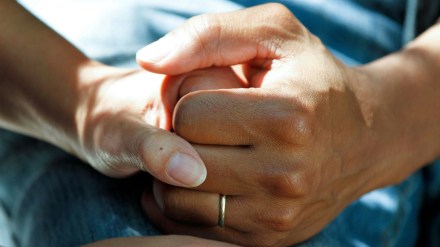GBS outbreak: As Maharashtra continues to grapple with Guillain – Barre Syndrome (GBS), Andhra Pradesh has reported two deaths after a 45-year-old woman and a minor boy have succumbed to the neurological disorder.
On Monday, Health Minister Satya Kumar Yadav said that the two deaths have been reported in the last 10 days.
“There are 17 GBS cases now. This is a non-communicable disease with an incidence rate of up to two per one lakh population. This is not a sudden spurt of cases, this is normal,” Yadav told PTI.
According to Yadav, a total of 267 cases of this disease were reported in 2024 with 141 cases in the first half of the year and 126 in the second half.
Noting that 25 cases show up per month on an average, the minister highlighted that most of them can be handled with regular treatment while some serious cases would require immunoglobulin injections and admission in ICU.
GBS occurs when the body’s immune system mistakenly attacks the peripheral nerves, leading to muscle weakness, numbness, and tingling.
What the symptoms of Guillain – Barre Syndrome (GBS)?
Symptoms of Guillain-Barre syndrome may include:
- A pins and needles feeling in the fingers, toes, ankles or wrists.
- Weakness in the legs that spreads to the upper body.
- Unsteady walk or not being able to walk or climb stairs.
- Trouble with facial movements, including speaking, chewing or swallowing.
- Double vision or inability to move the eyes.
- Severe pain that may feel achy, shooting or cramplike and may be worse at night.
- Trouble with bladder control or bowel function.
- Rapid heart rate.
- Low or high blood pressure.
- Trouble breathing.
How Guillain – Barre Syndrome (GBS) is treated?
There’s no cure for Guillain-Barre syndrome. Plasma exchange, also known as plasmapheresis and Immunoglobulin therapy is often prescribed to relieve symptoms and speed up recovery.
